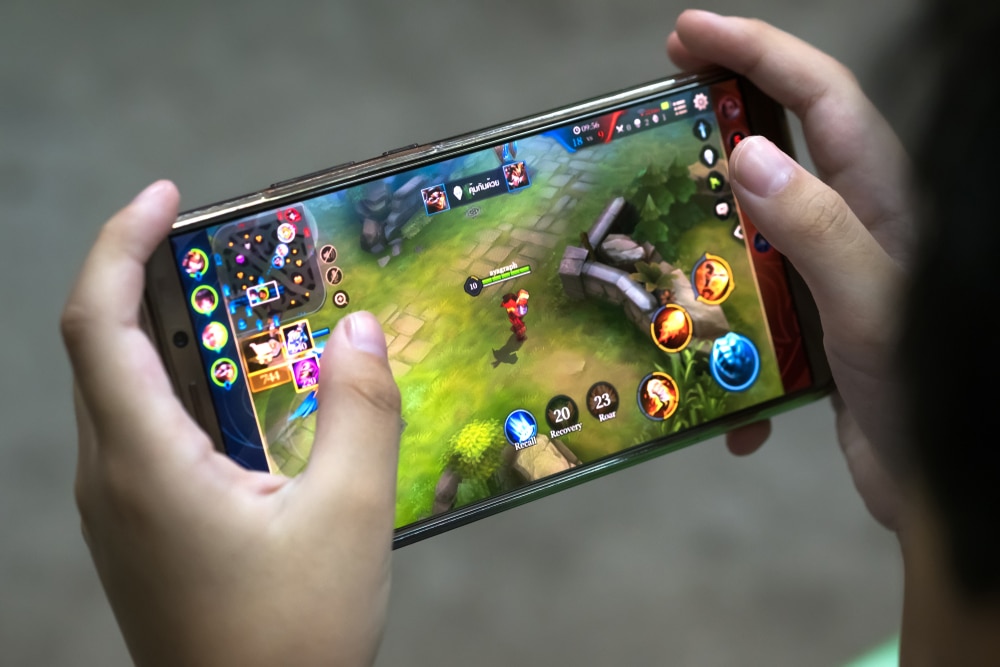If you haven’t heard of bet on tennis, you soon will because this is the next significant growth sector anticipated in the billion-dollar gaming industry. A mobile game is one that is played on a mobile phone using computer software. Mobile games are typically downloaded through the network of the mobile operator, but occasionally they are also loaded directly into the mobile phones after purchase, or through an infrared connection, Bluetooth, or memory card. Technologies like DoCoMo’s DoJa, Sun’s J2ME, Qualcomm’s BREW (Binary Runtime for Wireless), or Infusio’s ExEn are used to create mobile games (Execution Environment). Although less common, other platforms are also available.
The Various Platforms
The more potent technology is BREW, which provides total control of the handset and full access to all of its features. Due to the potential danger of this unchecked power, the BREW development process is primarily geared toward reputable software vendors. Even though the BREW SDK (Software Development Kit) is freely accessible, using software on actual mobile hardware (as opposed to the emulator provided) necessitates a digital signature that can only be created with tools provided by a select group of parties, namely mobile content providers and Qualcomm themselves. Even then, only test-capable devices will be able to play the game. The software must pass Qualcomm’s TRUE BREW Testing program’s inspection, testing, and approval before it can be downloaded on standard phones.
Java (also known as “J2ME,” “Java ME,” or “Java 2 Micro Edition”) is run on top of a virtual machine known as the KVM, which provides reasonable but incomplete access to the phone’s functionality. This additional software layer offers a strong line of defense that works to reduce the harm caused by false or malicious software. Additionally, it enables Java software to transfer unaltered between various phone types and other mobile devices with vastly dissimilar electronic components. The cost is the inability to use a phone’s full functionality and a slight reduction in the game’s potential speed (as Java software can only do what this middle-man layer supports.)
It is typically quite easy to write and distribute Java mobile applications, including games, to a wide range of phones thanks to this added security and compatibility. Typically, all that is required to create Java software is a free Java Development Kit, the Java ME tools that go along with it (known as the Java Wireless Toolkit), and space on a web server (website) to host the finished application once it is ready for public release.
Mobile Game Restrictions at The Moment
Due to the low processing power of the client devices, mobile games frequently have a limited scope and focus more on engaging gameplay than elaborate graphics. Giving a customer enough information to make a purchasing decision is one of the biggest challenges faced by mobile game developers and publishers. At the moment, network carriers and operator portals are the only places where mobile games are sold, so there are only a few lines of text and possibly a screenshot of the game to draw in customers. There is a reliance on strong brands and licenses, like the racing game Colin McRae or Tomb Raider. The use of well-known and established play patterns, or gameplay elements from games like Tetris, Space Invaders, or Poker, is another technique. When the wireless carrier, which frequently serves as a third party hosting the game, provides only a small amount of additional information, both of these techniques are used to persuade mobile gamers to pay for games.
3D graphics, multiplayer, and single-player are recent innovations in mobile games. Games that simulate romantic relationships can be played alone or with others. As players see the ability to play against others as a natural extension of their mobile phone’s connectivity, multiplayer games are quickly gaining popularity.

